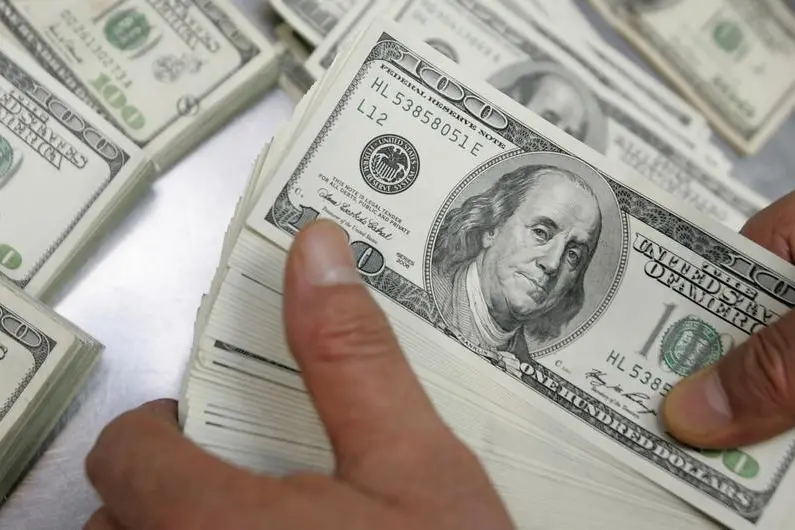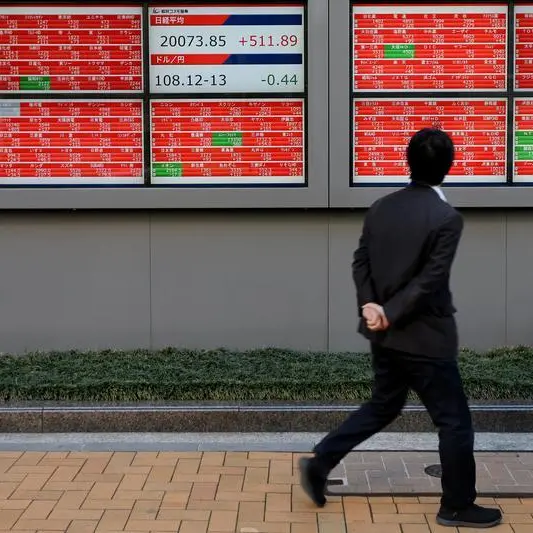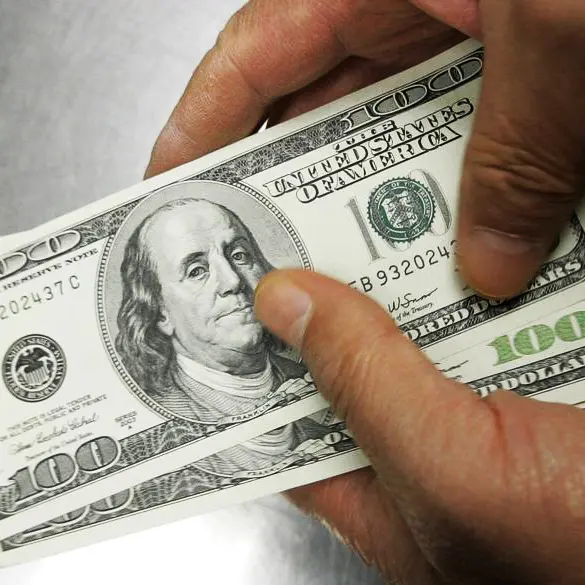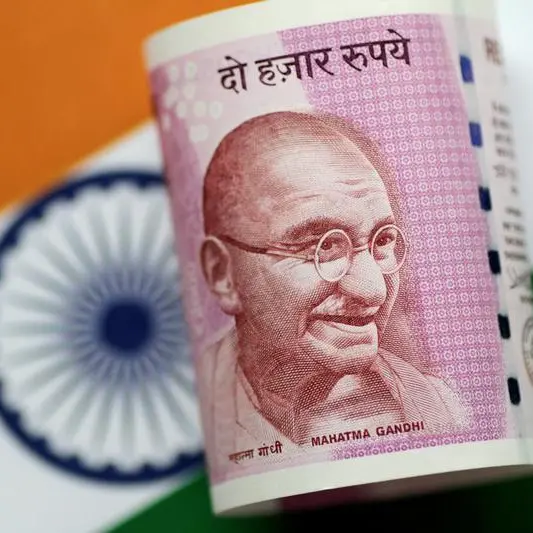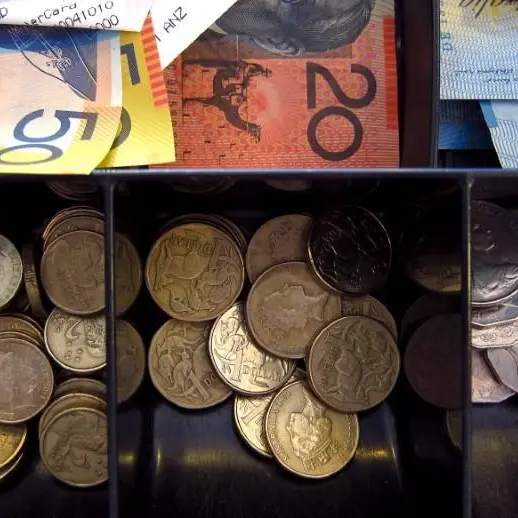PHOTO
So far, the month of June has left the gold bulls empty-handed, with spot prices retreating below the level of $1,300.
The main driver is US dollar strength on the back of the most recent interest rate hike. The US Federal Reserve raised the key rate for Fed funds to a range of 1.75 to 2 per cent and signalled two more hikes before the end of the year.
Although it can't be denied that there is investor scepticism that gross domestic product (GDP) growth can match such a fast pace of rate hikes, the US dollar gained attraction versus the traditional safe-haven gold. Doubts remain that the US can reach a four per cent GDP growth for the full year. Inflation is another key concern. In addition, US President Donald Trump's trade tensions are escalating with China, Mexico, the European Union and Canada, meaning that US exports are targets for higher tariffs in foreign markets, risking the possibility of lower sales for key goods and commodities.
Another key pressure for the precious metal is the easing of nuclear tensions after the summit between Trump and North Korean leader Kim Jong-un in Singapore. Market fears over North Korea's nuclear aggression de-escalated, likely resulting in a slight sell-off for gold. The reaction can't be described as strong, however. In my opinion, the sharp discount on gold is likely more because of the stronger US dollar and Fed hawkishness.
Contrary to the gold bulls' disappointment, the bears are raising their snouts in anticipation. Geopolitical tensions and a weak USD are food for the bulls, whereas the opposite often holds true for the bears seeking profit-taking opportunities. Easing geopolitical tensions and a stronger US dollar are the kind of downsides the gold bears look for to back short bets on the zero-yield commodity.
In the absence of any of the usual upward price drivers for gold, there's a small chance that profit-taking will turn to short-selling, which would mean the prospect of a bear market for the precious metal.
It may not all go the bear's way though. The growing trend of protectionism in the US and rising tariffs between large economic blocs could impact the gold price for industrial use. In addition, there are trouble spots for the industry.
Large gold producer Mexico holds elections on July 1, amid significant uncertainty and political assassinations in the country. Concerns over Mexico's production capacity have been growing since 2016 after production decreases and maturing mines. Even the latest new mining discoveries may be at risk amid the political disturbances. Another significant gold producer - Peru - continues to struggle with production problems. Any supply risks would likely boost the commodity's price. Then again, US gold production is on the rise, as is Canada's, meaning that supply risks from trouble spots may be offset by the world's two largest producers.
Looking ahead to the third quarter, I expect the Federal Reserve's hawkishness to pressure the metal's price while not ruling out the possibility of geopolitical tensions heightening around Mexico's elections and providing support for gold. This argument is strengthened by the already-rising tariffs between the US and Mexico, impacting both countries' economies. At the time of writing, however, the gold bulls remain empty-handed amid a profit-taking trend.
The writer is FXTM chief market strategist. Views expressed are his own and do not reflect the newspaper's policy.
Copyright © 2018 Khaleej Times. All Rights Reserved. Provided by SyndiGate Media Inc. (Syndigate.info).
